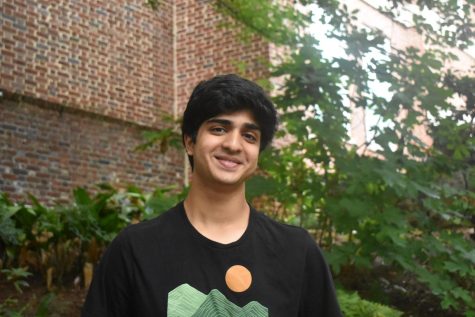
Aran Sonnad-Joshi is a senior and a Co-Editor in Chief of The Southerner. This is his third year on the Southerner staff. He is also a member of the Lincoln-Douglas...
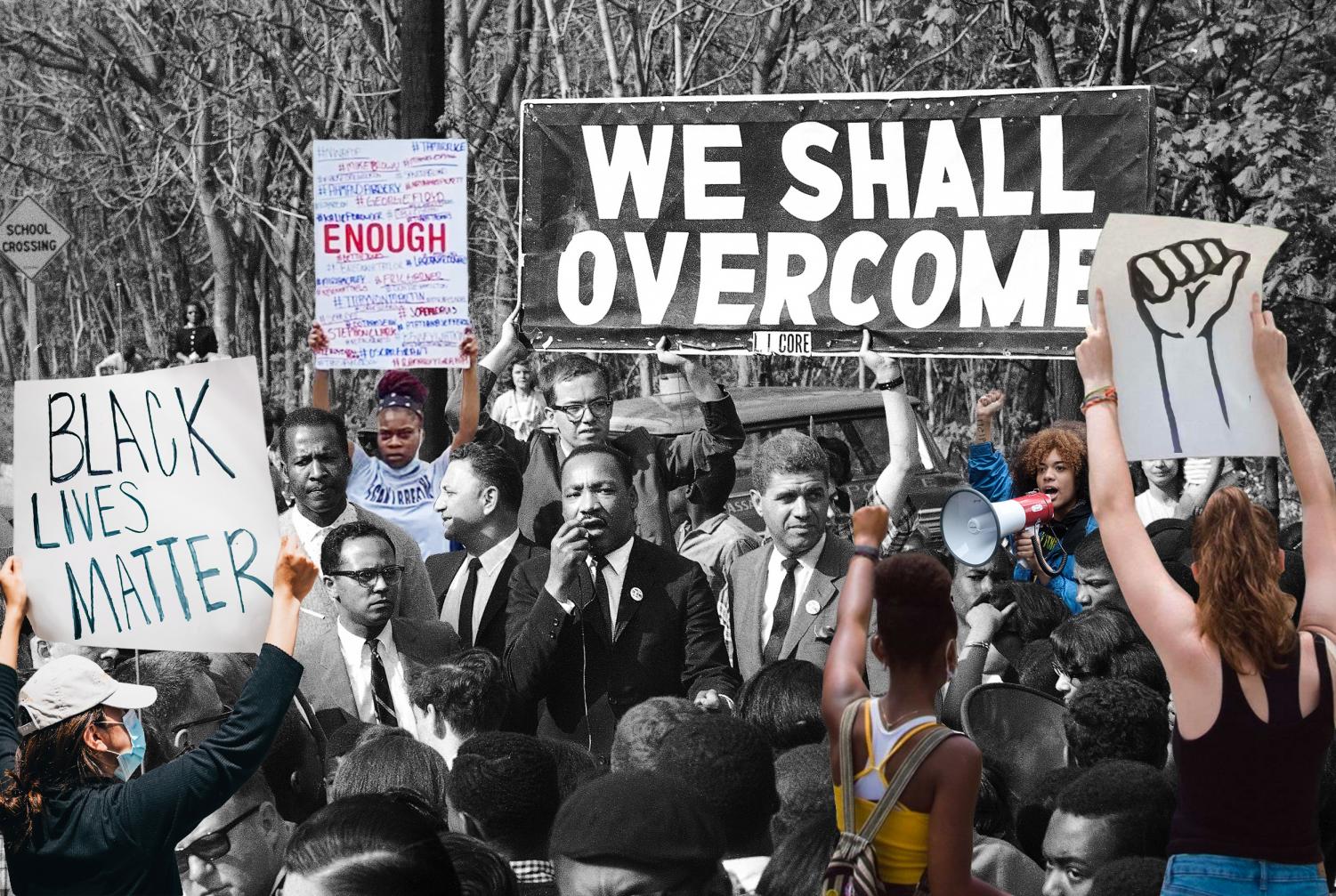

December 11, 2020
The world watched and replayed the death of George Floyd. The video, which spanned 8 minutes and 46 seconds, mobilized millions worldwide, who marched to protest Floyd’s May 25 death at the hands of Minneapolis police officers under the Black Lives Matter Movement.
Floyd’s death served as an awakening for both past generations falling into complacency and a new generation seeing what complacency means in a racially-influenced world.
“I think when we had the election of Barack Obama, many people wanted to believe we lived in a post-racial world,” said Jonathan Rapping, a law professor at John Marshall Law School and president of Gideon’s Promise, a nonprofit that trains and mentors public defenders. “I think [current high schoolers] are coming of age at a time where [their] generation is recognizing there is still an incredible amount of work to be done.”
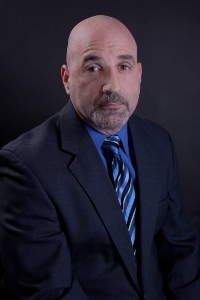
LIVING IN A “POST-RACIAL” WORLD
BLM found its roots with the use of the hashtag #BlackLivesMatter on social media in July 2013, following the acquittal of George Zimmerman in the fatal shooting of 17-year-old Trayvon Martin in Florida. While BLM has once again triggered activism and awareness from social media and beyond, some students believe performative activism has replaced the movement for championing systemic change.
“I feel like a lot of students in Grady think that BLM is a trend,” sophomore Chloe Walker said. “When the real trend is that at the time, when it first revived, is Black people were dying. That’s the real trend, while BLM isn’t. It’s a reality.”
Throughout the summer, many marched to honor the lives lost to police brutality and to fight against future victims of police misconduct.
“I’ve been to different types of protests before,” senior Erin Taylor said. “I went to the March for Our Lives protests, and I’ve been to the climate change march. But, something about going to these Black Lives Matter protests felt different. It felt more personal, and what happened to these victims directly affects me and my family and the people that I know.”
The BLM movement has raised new conversation about the disparities between racial equality and equity.
“I can’t speak for all Black people, but the way I interpreted it, I think the end goal is not necessarily racial equality but racial equity,” Walker said.
While equality focuses on giving everyone the exact same resources, equity highlights a consequential difference; it acknowledges that not all people are given the same playing field, and therefore, some people will need a greater distribution of resources than others. Georgia House Representative Park Cannon acknowledges the importance of differentiating equality and equity and improving the latter.
“To address racial issues, we need to first unpack the idea of equality versus equity,” Cannon said. “Sometimes, the idea of racial equality can turn into divisiveness and an ‘us versus them’ mentality between groups. Rather than that, what we try to do is promote racial equity, giving everyone the resources they need to succeed and have their basic needs fulfilled. That’s the most important step ensuring progress for the near future, that everyone has their needs met so we can go from there.
LOBBYING FOR CHANGE
The momentum of the BLM movement has prompted demands for concrete solutions in the form of legislation. The movement has driven dialogue on the ways people approach systemic change.
“Back then, we looked at the president or high-ranking officials,” said Dr. Hassan Rafig, a Mary Lin Elementary teacher and a participant in the Million Man March, which drew an estimated 837,00 African-American men to Washington on Oct. 16, 1995. “We never looked, at least from my perspective, we never looked at the mayor or a congressman or senator or something like that to help get that change so they could build up to the high levels.”
BLM has prompted a focus on state and local elections, as well as encouragement for more diverse citizens to consider running for elected office.
Cannon is a Georgia House Representative for District 58. She represents Atlanta neighborhoods in DeKalb and Fulton counties, including Cabbagetown, East Atlanta and the area surrounding Grady. In 2014, after Michael Brown, an unarmed Black man, was killed by police in Ferguson, MO, Cannon took action. She joined one of the first BLM chapters, which was based in Atlanta.
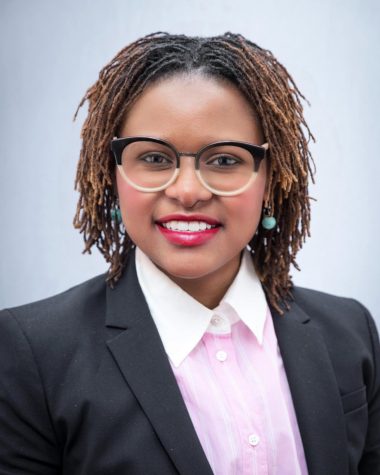
“I remember the night Michael Brown’s ruling came out in 2014,” Cannon said. “When the news broke that there were no charges for the officer that shot and killed him, we shut down the city; we shut down the highway, and we marched on the city. I walked down to the Capitol that night and decided there that if someone was going to work to change the issue of police brutality, it should be someone from the BLM movement that needed to do that. Two years later, I ran with that perspective in mind, and I continue to carry it today.”
Cannon’s legislative work today still stems from the internal message she told herself six years ago: put an end to police brutality. Cannon is the sponsor of House Bill 636. If passed, the bill would create a public database documenting all uses of force by law enforcement.
“This is a crucial first step to curbing police brutality; that’s one of the most important issues happening in the Black community right now,” Cannon said.
LOOKING AT THE PAST
The fight against racial inequality has been ongoing since the abolition of slavery with the passage of the 13th Amendment in 1865. In the 1960s, college students took hold of the civil rights movement on their own terms.
“It began in Greensboro, North Carolina, with the Greensboro students who went to the Woolworth (lunch) counter and sat down, refused to leave until they were served or never served,” Dr. H. Robert Baker, a constitutional historian at Georgia State University, said. “Their protests spread to dozens of cities across the American South, including Atlanta, in the space of a month.”
Movements in Greensboro and around the country began to motivate students in Atlanta. Charles Black, former chairman of the Atlanta Student Movement and editor of the Atlanta Inquirer, was one of these students.
“We were inspired by the efforts of the four students in Greensboro, North Carolina,” Black said. “This guy, our first year of college, his name was Lonnie King, he approached a couple other guys with the news of what had happened there and said that we ought to do something like that here [in Atlanta]. As a result, they rounded up a few of us, and we met on Morehouse College’s campus and discussed taking such actions.”
Atlanta students played an integral part in shaping the civil rights movement.
“Many of the leaders in the Atlanta student movement, people like Julian Bond and Lonnie King, they actually started the Student Nonviolent Coordinating Committee (SNCC),” Dr. Baker said. “They really created a template for activism that survived the 1960s and survives to today and is a driving force in the organization of the BLM movement.”
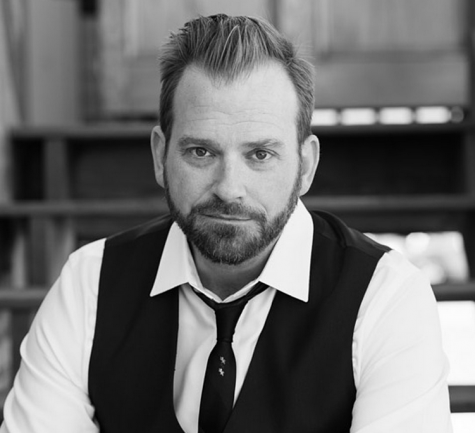
Some civil rights movement veterans like Black have offered strategies to combat racial injustice.
“By continuing to buy the goods and services of the people in the corporations who contribute our money to candidates like Donald Trump, we’re financing our own oppression,” Black said. “What makes a difference is how you organize your resources and don’t buy from people who oppress you. That’s what made the difference in our movement back in the 60s. It wasn’t a matter of logic or morality; we took the money out of their pockets.”
Many current racial activists have been picking up the mantle left by the activists of the civil rights movement.
“The Black Lives Matter protesters refused to follow the lead of their elder political leaders, so they really reacted against political leaders in the same way that people did in the 1960s,” Dr. Baker said. “They are really rejecting the kind of centrism of Barack Obama and the coalition that he had built in the Democratic Party and demanding more radical change.”
A parallel between members of the SNCC and BLM is evident: taking matters into their own hands. However, some generations had felt a lack of support from civil rights veterans.
“When I’ve spoken to student groups over the years, and they would say, ‘You guys didn’t pass us the torch,’ and I would feel guilty about it because we really didn’t spend a whole lot of time with the immediate next generation helping them understand what it took to make change,” Black said. “I felt guilty, until finally I said to somebody who raised that question, ‘Light your own damn torch.’ That is my advice to young people: don’t wait for anybody to pass you a torch. Whatever troubles you the most, organize around that.”
LOOKING TOWARDS THE FUTURE
Despite the belief shared by activists such as Cannon that racial injustice has been normalized, the revival of the Black Lives Matter movement has reignited hope.
“It’s validating because I think it is a reflection of the fact that there’s a generation, although some people may have normalized injustice, that does not think this is okay,” Rapping said.
According to Dr. Rafig, enacting change doesn’t just come from legislative and social success but also from recognizing that change is circumstantial.
“Everything is a paradigm shift,” Dr. Rafig said. “What happened in the past is not gonna be the future. This generation is seeing it. They’ve got knowledge of it. They don’t have the past creeping up their back. We’re going to have change. We’re going to do it in the right way, and we’re going to do it within a good structure of knowledge.”
While activists such as those in BLM believe that change is long overdue, Rapping explained that paving the path of progress has never been easy.
“It (the Black Lives Matter movement) reminds me that change comes in waves,” Rapping said. “So when we are embarked in this struggle, and we feel like we’ve come to a standstill; it’s a reminder that setbacks are part of ongoing progress. Progress comes in fits and starts. And I have seen many fits, to me, this is a reflection of a real start.”
Rapping said students who have witnessed the progress imagine this experience will lay in their minds forever.
“I feel really fortunate that I got to experience such an important part of history,” Taylor, the Grady senior, said. “I know for a fact that this summer, this year, everything that happened and all the strides that we’ve made as a community will be memories that I take with me into the rest of my life, and I will tell my kids and keep passing down these memories.”
For figures of the past and present, the movement has created optimism for the future.
“In the past, certain things die out, you know, and you sort of lose hope, ‘Ain’t nothing’s gonna happen,’ because I can say it [the movement for racial justice] was isolated to areas,” Dr. Rafig said. “But now, this is a whole country. There’s no doubt in my mind that there’s going to be change. I don’t expect it to happen fast, but I don’t expect it to go backwards. I don’t think it’s gonna die out.”

Aran Sonnad-Joshi is a senior and a Co-Editor in Chief of The Southerner. This is his third year on the Southerner staff. He is also a member of the Lincoln-Douglas...